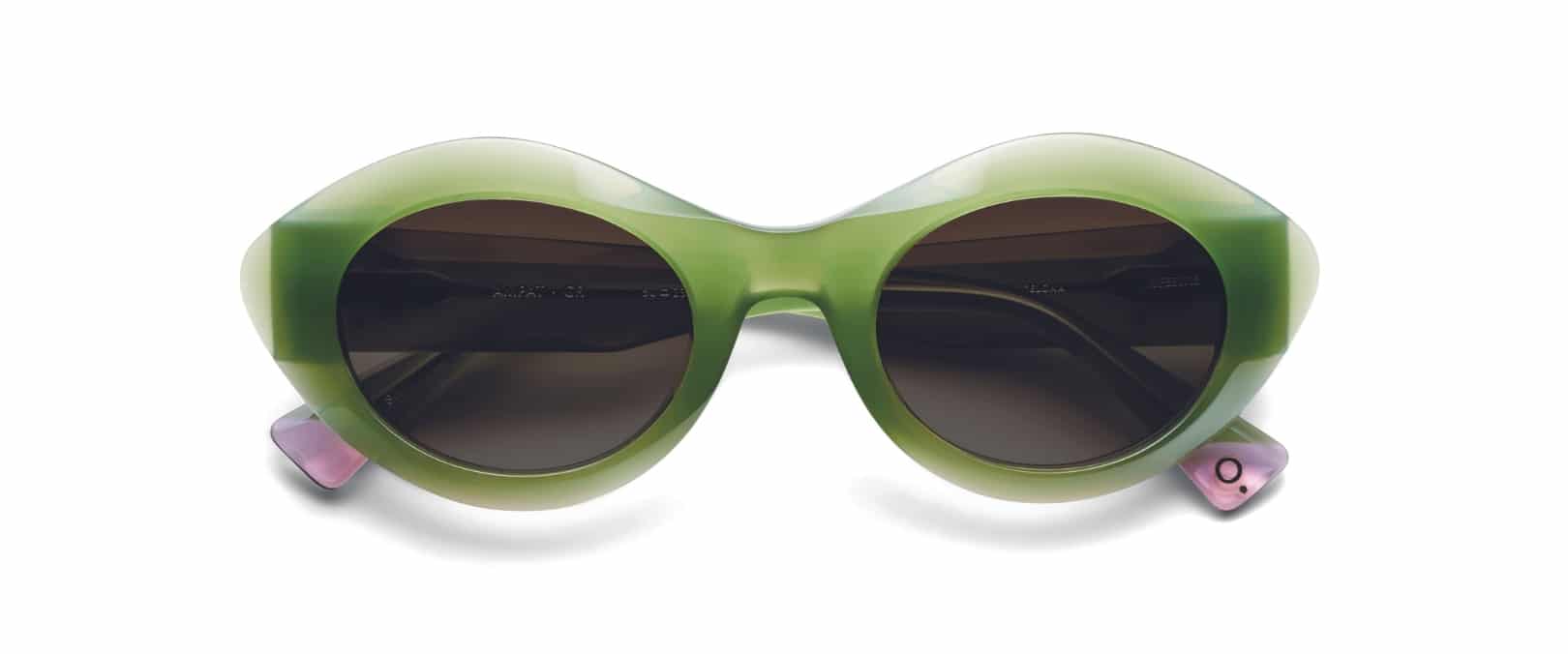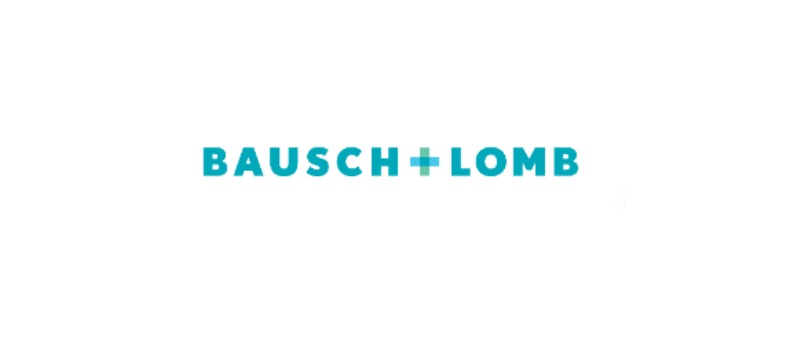Did primates develop three-colour vision because they began to live in the day or did they begin to live in the day due to the appearance of this trait? A small animal with bulging eyes – the tarsier – may hold the answer to this question.
American scientists analyzed the genes that encode photopigments in the eye of the tarsier, a small primate that branched off early on from monkeys, apes, and humans. They showed that the last common ancestor of living tarsiers had three-colour vision similar to that of monkeys and apes. However, they had enlarged eyes, suggesting they were active at night.
According to the researchers, this shows that tarsiers first adapted to dim light levels, such as twilight or the full moon. These light conditions were dark enough to favour large eyes but still bright enough to support trichromatic colour vision. This compromise would have helped the primates switch to daytime living, which allowed them to better see their prey, their predators, and other primates and to expand their territory.
Source: http://www.sciencedaily.com/releases/2013/03/130327132537.htm






